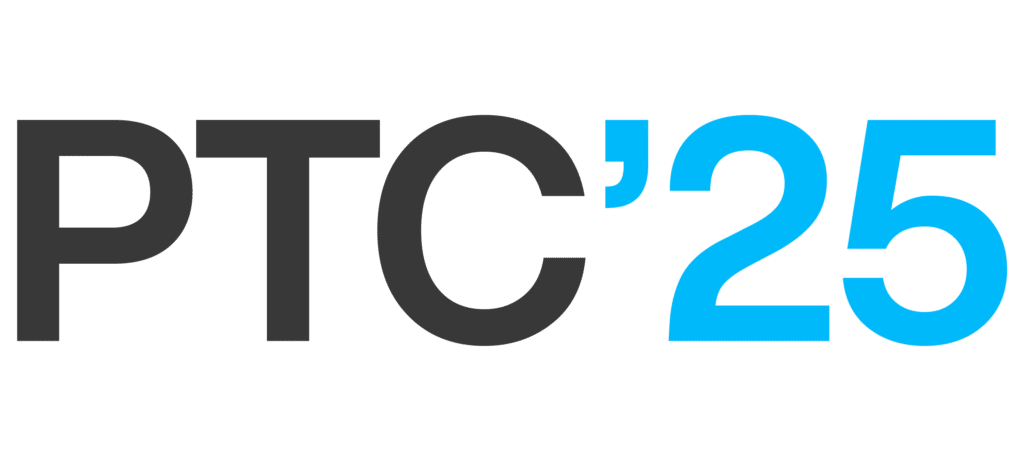Salute’s PTC 2025 Experience
Last month, the Salute senior leadership team met with other industry leaders about the future of digital infrastructure for the Telco sector at PTC 2025 (Pacific Telecommunication Council Conference). Widely acclaimed by attendees as providing the ideal opportunity to connect with and learn from fellow professionals, Erich Sanchack, CEO of Salute, and the broader Salute team had some key takeaways about trends and predictions across the industry.
1. The impact of AI on data center operations
AI was the most talked-about trend at PTC 2025 reinforcing its game-changing impact. High-performance computing environments are expanding at an unprecedented scale, with the need for innovative power and cooling strategies. From direct-to-chip liquid cooling, immersion, and other hybrid cooling strategies, operators are racing to implement future-proof infrastructure that balances efficiency, longevity, and investment value with a mind to sustainability and efficiency.
Beyond infrastructure, AI will revolutionize automation, security, and workforce efficiency. Predictive and preventative maintenance help improve uptime and resilience. For the workforce, AI enhances human expertise rather than replacing people, enabling remote monitoring, predictive analytics, and smarter troubleshooting, freeing up personnel for more strategic and innovative tasks. As AI reshapes data center operations and investment strategies, it is clear that the entire ecosystem must adapt to stay ahead in an industry defined by scale, speed, and sustainability.
2. The power high-demand era
Once again, power emerged as the most pressing topic at PTC 2025, and there is a growing sense of urgency here. Indeed, according to the International Energy Agency (IEA), AI and cryptocurrency are set to double data center energy consumption by 2026. Data center market revenue is set to increase from $452.5 billion in 2025 to $624.1 billion by 2029 – a dichotomy that will need to be managed well. The surge in demand will naturally require additional and significant power infrastructure.
While new approaches, such as on-site energy generation, continue, facilities work to optimize power usage simultaneously. Modern facilities at scale were a key topic, with some operators set to potentially host densities of up to 400kw per rack. With every additional megawatt demand for primary power, redundant and tertiary backup methods and options remain critical. Data center operators must explore diverse power generation strategies, grid integration solutions, and energy storage technologies to ensure continued reliability, efficiency, and sustainability.
3. Navigating complex power decisions with the right expertise
Onsite power generation options were discussed as a viable answer to this increased demand. Options range from small nuclear reactors and hydrogen to natural gas and fuel cells. However, it was clear that selecting the right approach depends on site-specific factors, including geopolitical conditions, local regulations, infrastructure, and environmental impact. Ensuring long-term efficiency and resilience necessitates bespoke solutions by location and site. Every option must be carefully evaluated based on its strengths, limitations, and overall suitability for the application.
A case in point is that Salute is already working with investors and operators in remote regions across the US and Europe with limited access to power, labor, or water. Salute is collaborating to integrate onsite power generation to manage site-specific demands at this 500MW facility with full resilience. Successful implementation requires continuous coordination between onsite and grid resources to balance supply, maintain stability, and optimize energy.
4. Strengthening energy resilience through advanced power storage solutions
Robust energy storage solutions must complement power generation strategies for uninterrupted operations. Site power systems rely on stored energy to bridge gaps after a failure until backup power activates. Energy storage technology is a critical component of overall resilience. Today’s options extend beyond traditional batteries, including thermal storage, advanced battery chemistries, flywheels, and emerging alternatives. Improvements in battery lifecycles and recycling processes create new cost and sustainability considerations, reinforcing the need for careful evaluation on a site-by-site basis.
Seamlessly integrated within power delivery infrastructure, these storage systems must be continuously monitored and proactively maintained to ensure long-term reliability. Indeed, insights shared at the event reinforced that even the most advanced components are only as effective as the operational strategies behind them. With power infrastructure directly influencing SLAs (Service Level Agreements), a comprehensive approach to energy management is essential for ensuring scalable performance, efficiency, and sustainability. The design and implementation of the entire power delivery system require specific expertise. Finessing for efficiency through continuous improvements directly impacts bottom-line costs. Backup solutions can be used for peak shaving and other energy savings.
Getting AI Operators ready through Salute’s STEP AI was well-received
While at PTC, Erich Sanchack, CEO Salute, and the broader Salute team presented how ongoing challenges in the industry have shaped its approach to delivering efficient and resilient data center operations via its lifecycle services. With the recent acquisition of Keysource, Salute has added a comprehensive Advisory offering to its Design, Build, Operate, and Refresh services. This framework for investors, operators, and end users will benefit its customers. Salute is ahead of the game, working with some of the most exciting innovators in the industry, from hyperscale to colocation. Some of these colossal facilities are 500MW to 1GW developments.
“Our industry has found itself at a critical juncture, and Salute is committed to honing its expertise to adapt accordingly,” says Erich Sanchack, Salute’s CEO.
“Doing so is critical to meeting our primary goals, delivering the highest-quality service to our customers by training our teams to tackle the significant changes we face in HPC environments. As demand for certified AI operators grows exponentially—and the availability of experienced engineers remains limited—we have developed an AI certification program spanning C-suite calibration to operator level, which we will extend to Salute employees and share with our strategic partners. As such, we will continue to adapt to market changes with clearly documented operational standards for standard and AI operations, harnessing new technologies and investing in robust training programs—all of which will strengthen our position as the industry leader worldwide.”


